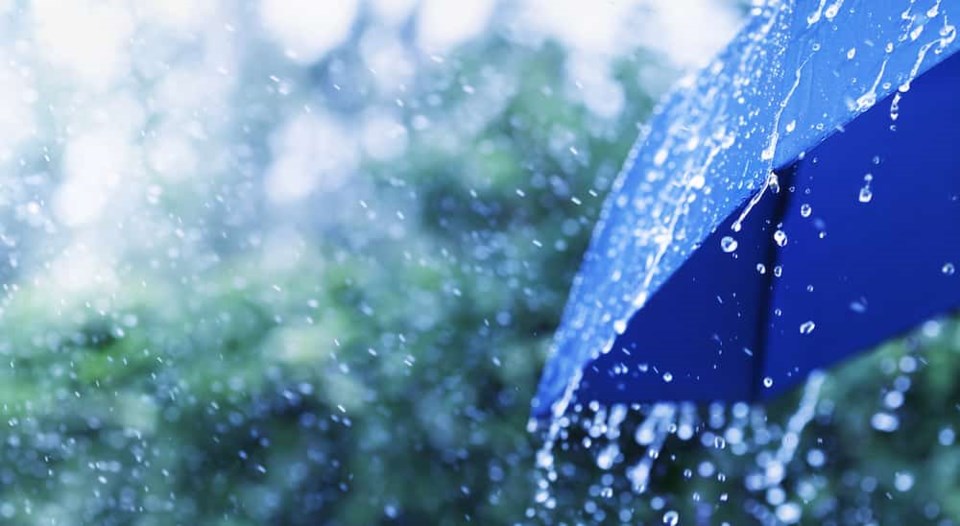It rained, it poured, it drenched us with sheets of water from several "atmospheric rivers" that passed over the North Shore mountains.
If you thought November was one of the wettest ever on record on the North Shore, you’re not wrong.
While official rainfall data wasn’t available from Environment Canada due to a technical glitch at its West Vancouver automated weather station, two other sources of rainfall statistics were.
Metro Vancouver’s Capilano lakehead weather station, which measures rainfall at the Capilano reservoir, recorded a sodden 1,047 millimetres of rain in the month of November. That’s the wettest November recorded in 19 years of record keeping at the station, according to Metro. It also washed the previous record downstream. Prior to this month, 2006 was the wettest November on record at that station, when 832 mm of rain was recorded. Average November rainfall there is 460 mm.
A bit farther down in elevation, a weather station at West Vancouver Secondary, on Mathers Avenue, recorded 679.5 mm of rain for the month of November.
Depending on the location in the Lower Mainland, this has been anywhere from the wettest November ever to the third wettest, said Bobby Sekhon, a meteorologist with Environment Canada. Vancouver as a whole saw 312 mm of rain in November.
Rain has been brought to the West Coast by a series of atmospheric rivers, also known as the “pineapple express,” which delivers a long plume of moisture from the tropics or sub-tropical areas of the Pacific, often starting in Hawaii.
The heaviest rain fell during the first rainstorm, Nov. 13 to 15, when the West Vancouver weather station received 157 mm of rain. In comparison, Abbotsford received 173 mm of rain and Hope saw a whopping 295 mm of rain during that same time frame, said Sekhon.
Rain and mild temperatures combined to wash some snow from local ski mountains over the past two weeks, forcing both Cypress and Grouse to close either some or all of their downhill skiing and snowboarding areas on various days. At Cypress, only the beginning skiing and boarding area was open on Thursday and none of the downhill areas at Grouse were open. Both mountains were expecting conditions to improve over the next several days.
Sekhon said snowmelt in the higher elevations has also contributed to flood conditions around the province.
He added, in general the Lower Mainland can expect cooler and drier conditions over the next several days.



